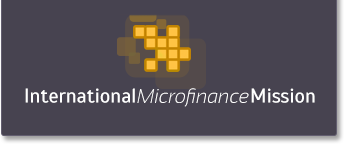Short Term Microfinancing
In the United States, when a borrower hears 'short term loans', they immediately think of the shady payday loan stores that provide same day, high interest cash loans and other predatory lending products. This is no longer the case. The advent of micro finance institutions (MFIs) offers borrowers an alternative to high cost payday loans. The most obvious similarity of microloans and payday loans is that they are both short term and small dollar loans. The International MicroFinance Mission examines the difference between short term micro financing and payday loans. The two products are closely related but have extremely different financial consequences.
Microloans are low interest loans for inexperienced consumers that can be used for purchasing business materials, paying for medical expenses, or repaying any potential debts that have spiraled out of control. Unlike payday lenders, micro lenders carefully evaluate potential borrowers. It's true that microlenders are more willing than banks to finance riskier investments, but that doesn't mean they completely ignore the borrowers ability to repay the small loan. MFIs have minimum requirements when fulfilling a loan request. Depending on how the microloan organization calculates interest rates, applicants for microloans will have to answer some questions about their financial history. In short, it's more than payday lenders require and less than banks. This is because most MFIs center their efforts and services on protecting the consumer's well-being. They want their borrowers to repay the loans, rebuild their bad credit, and view credit services as a benefit instead of a burden. If you look into the history of MFIs, they began in underdeveloped nations for under-financed citizens as a process to curb poverty.
Payday lenders provide short term loans with average interest rates of 400%. The most common payday loan request is $100 with a $15 convenience fee. This may not seem like much considering the convenience of no credit checks and instant cash. Some payday lenders make the barrier to entry very low and hope that borrowers will not be able to repay the loan on time. They are referred to as payday loans because the loan usually must be repaid by the borrower's next payday or around 2 weeks. These loose loan requirements and strict repayment schedules make it very easy for the borrower to miss a payment, incur rollover charges, and end up costing them upwards of 400% APR. To make things worse, these loan sharks prey on low income and below poverty level individuals. As a result, U.S. consumer protection agencies receive thousands of consumer complaints every year and are actively pursuing the removal of payday loan products.
Borrowers should seek out reputable short term lenders who are known for their fair credit practices. Before considering a payday loan, IMFM suggests taking a minute to review payday loan alternatives like short term online financing.

